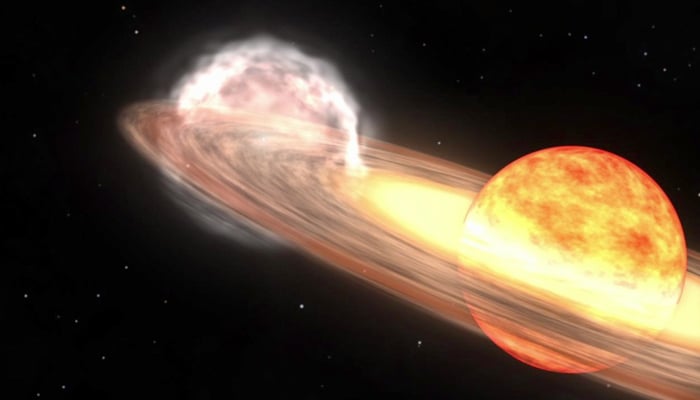Remarkable: Scientists await making of star in space
Explosion of T Coronae Borealis last occurred 80 years ago
March 31, 2024

Astronomers are waiting for a massive charge-up of a dead star in space that would come alive as a new star in the black sky that the naked eye would be able to see.
Dr Daniel Brown, an associate professor in astronomy at Nottingham Trent University, was quoted by the Independent: "This type of celestial event is called a nova, where a star’s brightness increases rapidly.”
The explosion of T Coronae Borealis would take place at a distance of around 3,000 lightyears and last occurred 80 years ago.
According to Nasa, the explosion could occur any time between now and September.
In the event, a white dwarf, or dead star, accumulates so much hydrogen-filled matter an old star that generates a thermonuclear reaction.
Nasa said that the nova will appear as a "new" bright star in the constellation Corona Borealis, or Northern Crown − a small, semicircular arc near Boötes and Hercules.
William J. Cooke, lead of Nasa’s Meteoroid Environment Office, told CNN that most novae (extremely bright white dwarf stars) happen unexpectedly.
Our galaxy has one of five of this nova. It is different from a supernova in which a star explodes.
Prof Brown said: "T Coronae Borealis is actually not a single star but a binary, so two stars orbiting each other. What makes this pair so special is that every so often it increases its brightness immensely to become easily visible to us."
He said: "It will be visible at its highest altitude in the South at 65 degrees above the horizon just after 3am, making observing easy."









